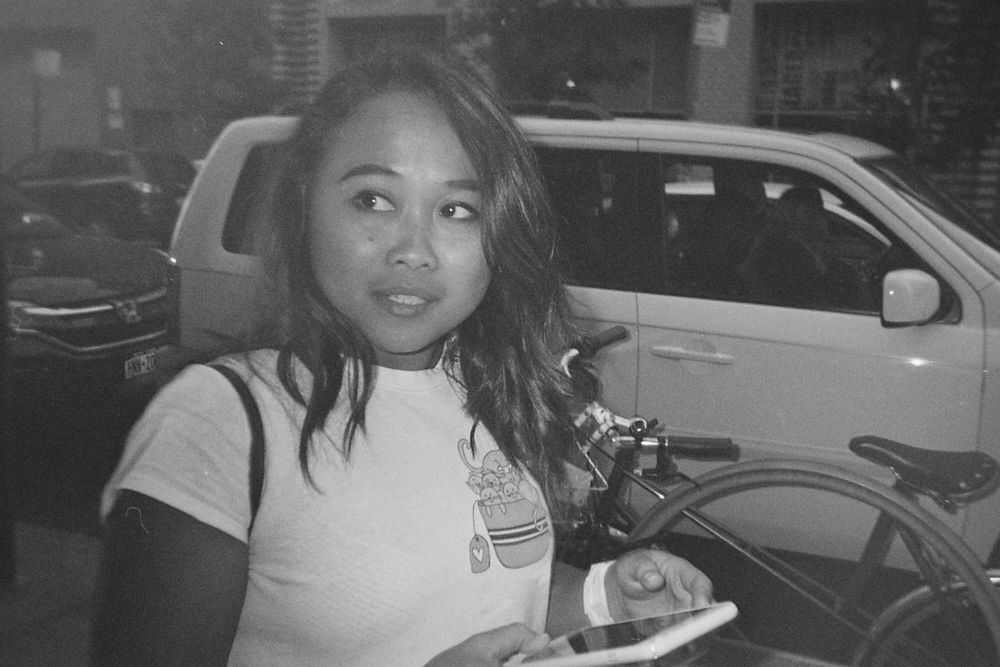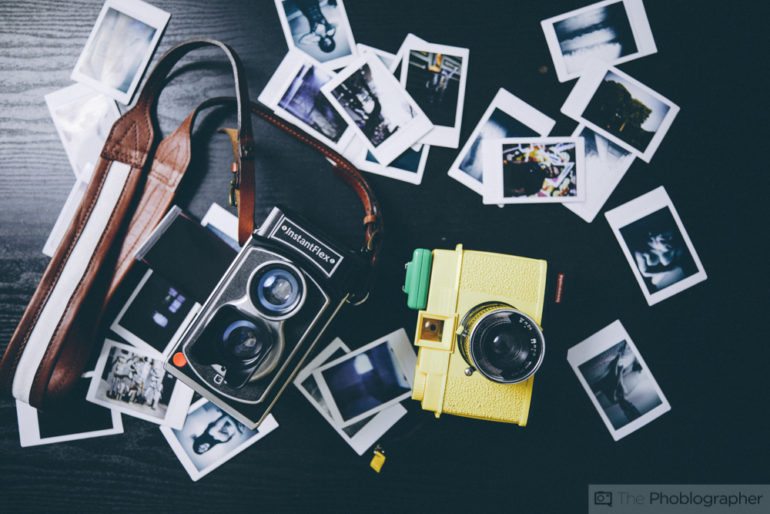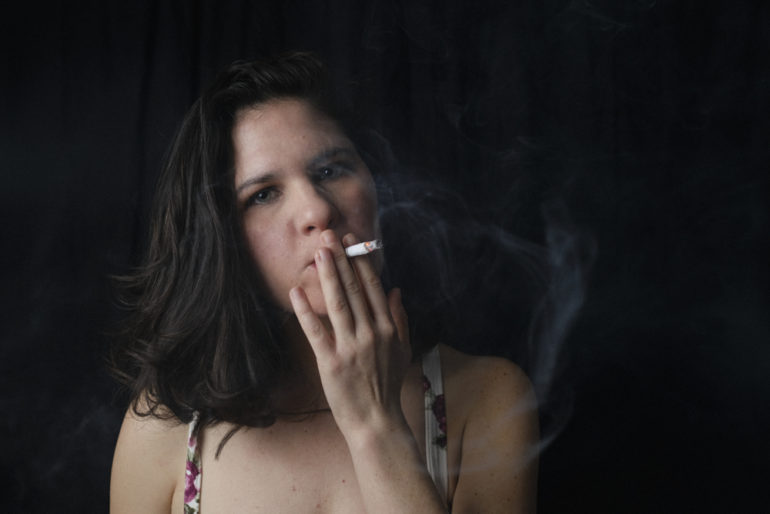I’ve had this theory in my mind for a really long time: a photographer should shoot less and instead, just concentrate on being more and more human. Now think about that, and consider carefully the way that you go about shooting every single day. Lots of photographers have absolutely no issues shooting well over 1,000 images at any given day and culling through them later on. Me personally though, I do. Lots of my colleagues never have issues, but I hate it. It just means that I see repetition after repetition and I’m never actually in the moment. The more time that I generally spend behind the camera, the less connected I sometimes feel to the moment or my subject. I’ve had this idea since 2014 after I reported on a special quote from actress Keira Knightley that compares film photographers to digital photographers.
Keira’s quote goes a little something like this:
“I’ve noticed that the people who started on film still have the ability to see the person in front of them. Whereas for a lot of photographers who have only ever worked in digital, the relationship between the photographer and the person who they’re taking a picture of sort of doesn’t exist anymore. They’re looking at a computer screen as opposed to the person.”
When I reported on that quote, I genuinely felt it to be true. And for the past few years I’ve been trying to disprove it to myself but I simply cannot. So with that said, I’ve gone about doing something that has changed up the way that I shoot portraits a bit.
The typical and traditional way that many photographers go about shooting portraits is by posing a subject carefully and then telling them to switch it up just a little after the shutter/flash goes off. This gives variation and then later on the photographer can go about choosing the best images. But this is also a collaborative process. What it means though is that usually the photographer is behind the camera more and more and sometimes not having interactions with the subject. Instead, it leaves the subject to give interpretation and typically works out for a collaboration.
Basically, it’s the industry standard.
Though as time went on, I became blinder and blinder–literally. Today I’m legally blind and I approach photography and conversations in a way that’s different from most people. Lots of folks will give full eye contact when talking with one another but the sad truth is that sometimes I can’t even see the details in someone’s eyes. But I can tell a lot about them by their body language and the intonations in their voice. So with that, I’ll pay attention to a lot more than what others usually do.
Anyway, this made me pay attention to all this more and more with my friends and loved ones. And as I saw emotions and thoughts go into people, I saw them change and saw genuine ideas for incredible images come up.
So with that said, I found a way to combine the two. I had folks sit in front of me, and I interviewed them in the same way that I do people on the website. It got them thinking and putting out genuine emotions and feelings. The way you seat them, light them, etc changes the delivery of things. You continue to interact with them, converse with them, predict language, capture emotions candidly, etc.
But in this way, I spent less time behind the camera and simply just had it ready when I needed it to be.
And the same thing can be applied to landscapes, and other things. Granted if you’re a photojournalist or a wedding photographer on a paid gig, then you can’t do this. But if you’re doing a personal project, you surely can exercise it. You’ll learn to anticipate moments in people and learn to pay attention to key details of what would make you want to snap the shutter.
I encourage everyone to try it. Not necessarily my method, but that worked for me.
But every now and then, put the camera down and just take a scene in. Be a human being.





